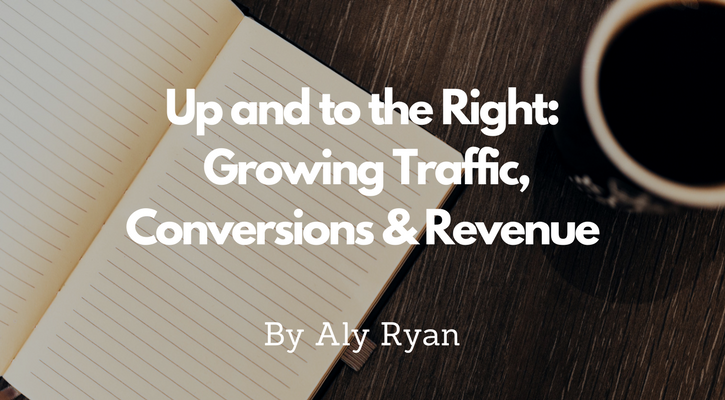
MozCon 2017: Up and to the Right – Growing Traffic, Conversions & Revenue

The following post is part of WTWH Media Marketing Lab’s ongoing blog series from MozCon 2017. You can find the full presentation here.
Matthew Barby, Global Head of Growth & SEO at HubSpot, took the stage at MozCon 2017. He started off by talking about how having a bag of tricks that you can use is good but, if you don’t understand you’re really using them you’ll never be able to solve problems and adapt.
Guest posting is dead. The reality is that Google didn’t kill guest posting, marketers did. There are still many different ways and tactics to build links. It’s all about being able to use your resources. They all try to solve a specific problem, and that problem is driving authority to your website.
Back in 2007-2008, you’d write a great article and people would put it on their blog. That doesn’t happen anymore. People just put it on social media. You want to approach every acquisition strategy as if each of the tactics you use won’t work tomorrow. This starts with channel prioritization, we try to map out different channels and activities that we’re doing so we can safeguard ourselves. How many resources do they need? We should dedicate time to things that can be replicated and done over and over. Evaluate your channels, propose a solution, experiment with these channels and share your success with your team.
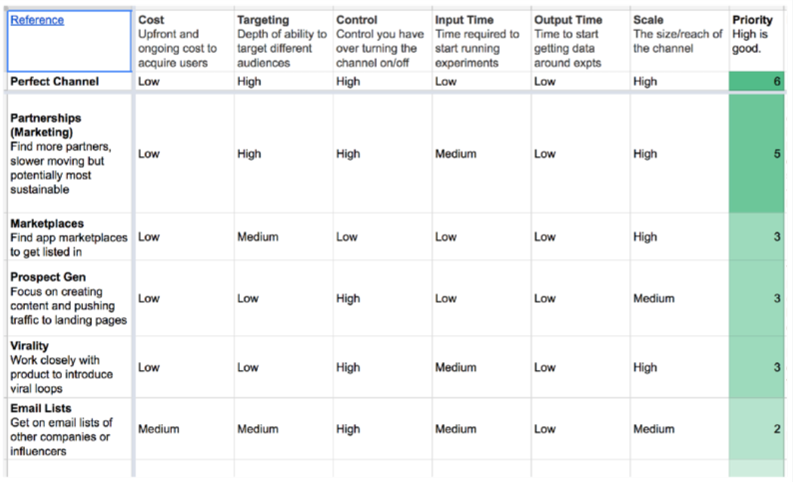
Problem #1: People aren’t searching for you.
In the Zapier example, this app connects different apps together but people won’t just search for this type of app organically. Instead of focusing on channels, they created side doors into their website by creating content that showed a layer of intent. They created individual pages for functions that can be done within the app. They wrote content on how two products can be used together and also created review pages on the products they work with. Their internal linking is amazing (see below). As a result, their organic keywords and traffic increased dramatically.
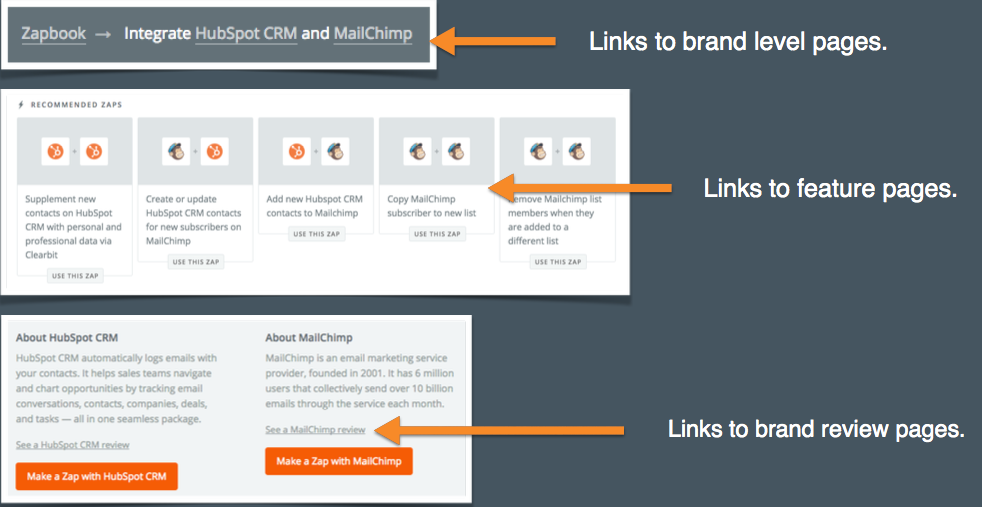
Problem #2: People are searching for you but you’re not visible because you don’t rank
Good SEOs are not people who are great at building links or people who make great content. They know what lever to pull at what time. Ask yourself, do I need to push more authority, discoverability or build more relevance? By pulling the wrong lever, you’re solving a problem with another problem. To begin ranking, you’ll need to improve your authority and start link building.
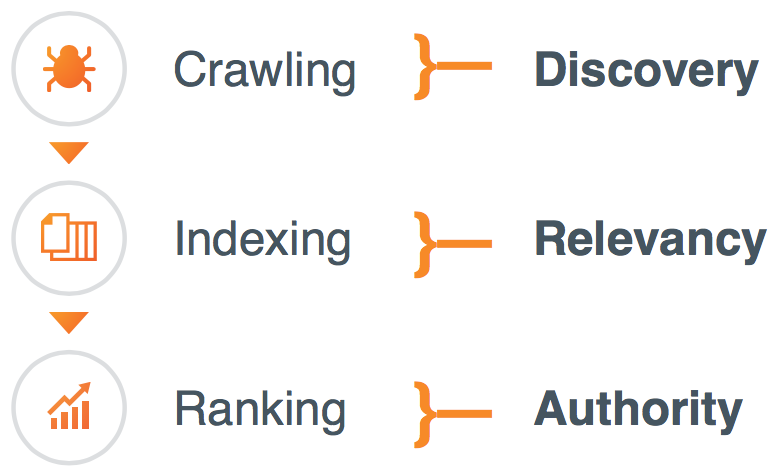
Problem #3: You have authority but you don’t rank
Pandadoc is a website that allows you to sign documents online. However, no one is searching for this. To combat this problem, they used the side door and began creating a huge library of document templates that weren’t gated. You can create your own template, add your own logo and at the end, you had to sign up in order to get the document. As a result, they began ranking for all kinds of “template” related keywords.
Sometimes problems can be solved without creating new content. Hubspot is an example of this. They categorized all their e-books hoping to rank for generic phrases related to marketing books. When they looked at their indexing, they realized none of it could be crawled. By redesigning the resource library, they were able to add 50,000 visitors per month and began ranking. All of these examples are a consequence of identifying problems and using the correct lever.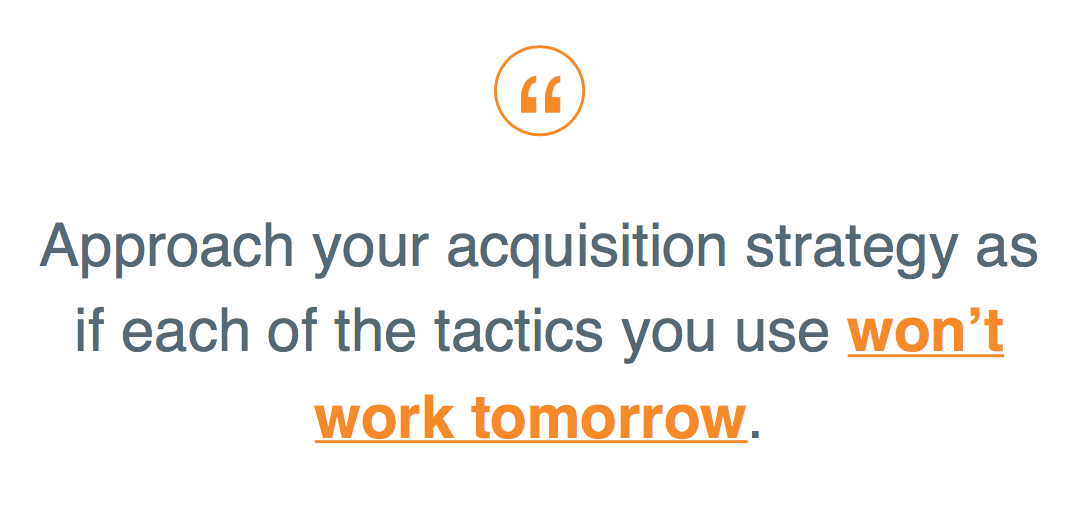
How did you build discoverability, relevancy or authority? Keep the conversation going by commenting below or tweeting @WTWH_Aly.

Matthew Barby, Global Head of Growth & SEO at Hubspot, @matthewbarby



Leave a Comment
You must be logged in to post a comment.